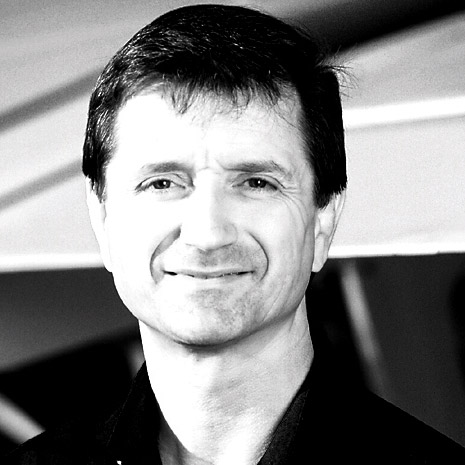License to Learn: Prepare to be assimilated
Engineering pilots out of the cockpit
Click your heels if it pleases you, but you’re not going back to Kansas. Sometimes there’s just no going back, which is especially true about the progress of aviation’s automation technology. Like it or not (I don’t), pilots are being replaced by the machines they fly. Resistance is futile, so prepare to be assimilated.
At one time, commercial airliners had four flight crewmembers in the cockpit: the navigator, flight engineer, co-pilot, and captain. Then someone inserted a VOR receiver in the panel and sent the navigator an “Hasta-la-bye-bye” letter. Not long afterward, airplane manufacturers rewired the cockpit and replaced the flight engineer’s panel with a snack bar. The next day the flight engineer shows up for work and says, “Hey, where are all my gauges and dials? I think I need those.” Hint? Hit the road. Go play with the navigator. He’s lonely.
Walk onto the flight deck of today’s modern airliner, and you’ll see two seats and immediately wonder who jacked the flight controls. Don’t worry, they’re still there, despite Airbus’ attempt to hide them under the windows. While not as overt as eliminating gauges and dials, you get the impression that Airbus wants to disabuse pilots of the notion they should actually grab the stick and fly the machine. Color me a skeptic, but removing the control column from the pilot’s primary field of view and making it tiny enough to fit in someone’s hand makes me think: Out of sight, out of mind. Perhaps I’m not the only person who wonders why the posture used to fly the Airbus resembles that of someone sitting in a patio chair holding a refreshing beverage in his left hand. Hint? Relax—the airplane’s got the airplane under control. Just don’t touch anything.
Let me do the math for you: First there were four pilots, then three, and now two. Would you like to finish the countdown yourself? Soon there will be zero pilots in the cockpit. Stop laughing. It has already happened.
In 2015, the U.S. Air Force assigned 80 (mostly reluctant, I assume) flight training graduates to drone duty, in not-so-idyllic desert locations—locations that make escape less attractive unless your body doesn’t use water. Yep, Air Force drones are airplanes with no pilots on board. Here is where size does matter. Supersize those drones and sell cheap “you don’t have to pay for a pilot” seats, and people will get inside them. Hint? It has already happened.
Ehang is a Chinese company that manufactures a single-place, autonomous aerial vehicle (AAV) called the EHang184. You get inside, tap the destination onto the screen pad, and “Eeee-Hang-on” for a trip made by pilotless aircraft. “Oh, wait,” you say. “Most folks aren’t going to hop into a pilotless vehicle unless the Communist Party forces them to.” Really? Apparently someone forgot to tell that to the folks at Google in Mountain View, California. They’ve racked up more than 1.3 million miles of “ticketless” driving in driverless cars as of 2015. The only exception was a CNN report about a Google driverless car that was pulled over for driving too slow. No ticket was issued—because no one was driving the car. Hint? As a culture, we have become much more comfortable with putting our fate into the hands of machines. Protest if you will—and I know I do—but technology is assuming increasing responsibility for the operation of an airplane, while reducing a pilot’s position to lounge-chair status.
Consider that sometime soon, Diamond Aircraft will begin selling a version of its twin DA42 with the ability to take over and land if the pilot appears unresponsive or unable to fly the airplane properly. That will certainly make aviation safer. Then again, a pilot with poor flying skills might depart in a DA42 only to have it assume control immediately after takeoff, return for a landing, pop the door, and announce, “Get out! And don’t come back until you get some training!”
As a committed, unrepentant romantic, I fully acknowledge that aviation automation has, and will continue to, make aviation safer. Unfortunately, something will be lost in the process—something meaningful—as the distinction between pilot and passenger becomes blurred. Maybe it’s for the greater good, but what pilot won’t lament at this loss?
Perhaps Star Trek’s Capt. Jean-Luc Picard expressed this loss best when he said to his first officer, “You know, Number One, you missed something, not playing with model ships. They were the source of imaginary voyages, each holding a treasure of adventures. Manning the earliest spacecraft, flying an aeroplane with only one propeller to keep you in the sky. Can you imagine that?”
[sighs]
“Now the machines…are flying us.”
Rod Machado has been a pilot since 1970 and an active flight instructor since 1973.
Web: www.rodmachado.com

